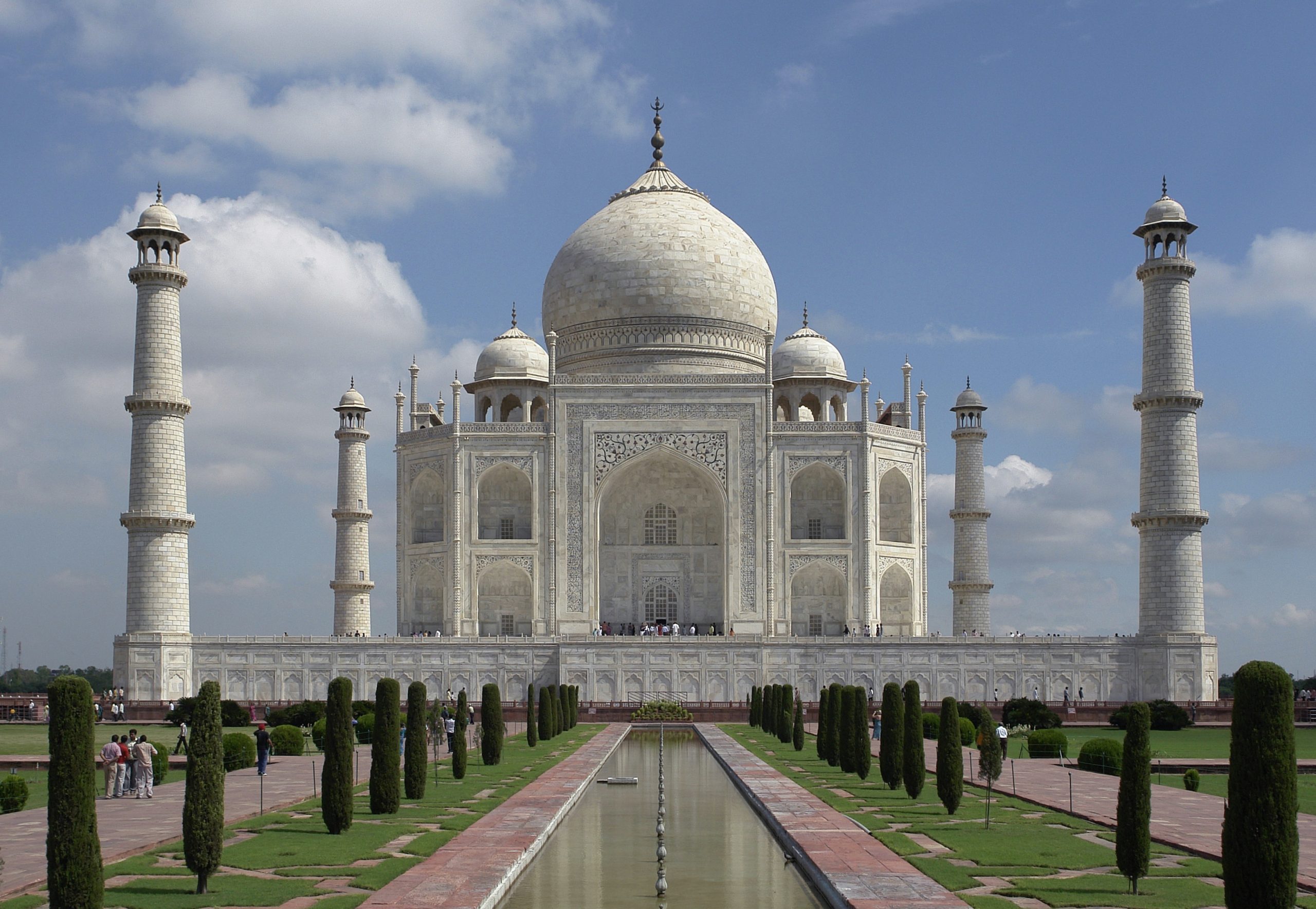The Enchanting Journey: The Inclusion of Taj Mahal as a World Heritage Site
The Taj Mahal, a timeless masterpiece of architectural brilliance, has captivated hearts and minds for centuries. Its universal appeal goes beyond its stunning physical beauty – it’s a symbol of love, a testament to human creativity, and a historical treasure. In recognition of its significance, the Taj Mahal was designated as a UNESCO World Heritage Site, ensuring its preservation for generations to come.

A Glimpse into History:
Commissioned by the Mughal Emperor Shah Jahan in 1632, the Taj Mahal was constructed as a mausoleum for his beloved wife Mumtaz Mahal, who passed away during childbirth. The construction involved the labor of thousands of artisans and craftsmen, resulting in a monument of exquisite beauty that seamlessly blends Persian, Islamic, and Indian architectural elements. Completed in 1653, the Taj Mahal stands as a symbol of eternal love and devotion.
Date of Designation:
The recognition of the Taj Mahal’s exceptional cultural and historical significance culminated in its inscription as a UNESCO World Heritage Site on December 7, 1983. This status elevated the monument’s status beyond a national treasure, making it a shared heritage of humanity.
Reasons Behind Selection:
Several factors contributed to the inclusion of the Taj Mahal on the esteemed list of World Heritage Sites:
- Architectural Magnificence: The Taj Mahal is an unparalleled example of Mughal architecture, showcasing meticulous detailing, intricate inlays, and harmonious proportions. Its innovative use of white marble and decorative elements symbolize the zenith of architectural achievement.
- Cultural Symbolism: The Taj Mahal embodies the cultural and historical synthesis of the Mughal era in India. It reflects the broader cultural exchange between the East and the West, representing a significant period in human history.
- Universal Significance: Beyond its cultural and artistic value, the Taj Mahal is an embodiment of human emotions, resonating universally with themes of love, grief, and transcendence. Its aesthetic appeal and emotional depth make it a site of universal importance.
Impact of World Heritage Designation:
The designation as a UNESCO World Heritage Site has had profound impacts:
- Preservation and Conservation: The status compels authorities to ensure the monument’s safeguarding, including structural maintenance and conservation of its artistic elements. This protection ensures that future generations can continue to appreciate its grandeur.
- Tourism and Economy: The Taj Mahal’s designation has amplified its global allure, drawing millions of visitors annually. This influx of tourists has boosted the local economy, generating employment opportunities and promoting tourism-related industries.
- Cultural Diplomacy: The Taj Mahal’s universal appeal fosters cultural understanding and dialogue among nations. Its designation promotes cross-cultural appreciation, contributing to international harmony.
- Educational Value: The World Heritage Site status encourages educational initiatives and research endeavors. It serves as a valuable educational resource, promoting awareness about history, architecture, and cultural heritage.
The Taj Mahal’s journey from being an emblem of love to a revered UNESCO World Heritage Site signifies its enduring legacy. Its architectural marvel, cultural symbolism, and universal significance make it a deserving inclusion on the list of humanity’s shared treasures. As we marvel at the Taj Mahal’s splendor, let us remember that its World Heritage status not only celebrates its past but also secures its future for generations to come.




